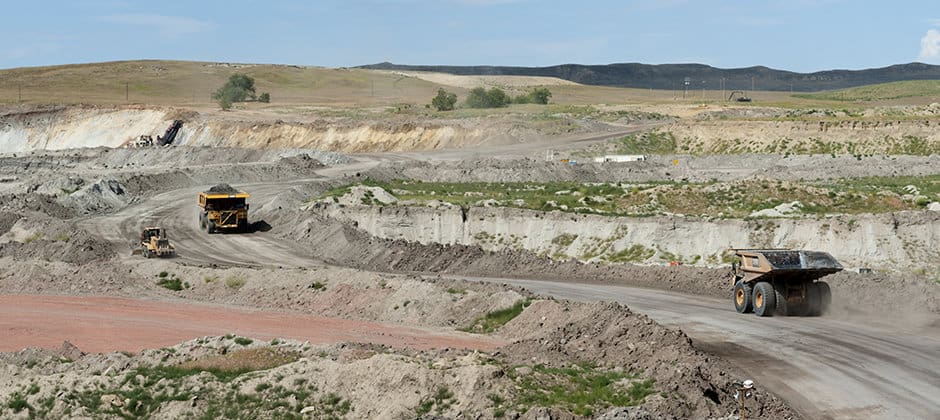Share this article
Are environmental impact assessments short on science?
Environmental impact assessments used in many countries to analyze the effects of human activities on wildlife and ecosystems have scientific shortcomings the world over, according to new research.
Many of these reports, from the Americas to Europe and Oceania, fail to consider the cumulative impacts of planned development and propose inadequate mitigation measures, researchers found.
“Environmental impact statements are a tool already in our pocketbook,” said Gerald Singh, an assistant professor in geography at Memorial University of Newfoundland and the lead author of a study published recently in People and Nature examining environmental impact assessments around the world. But the statements need to be accurate in order for proper mitigation measures to be put into place. “There should be some credibility behind it.”
Singh, who conducted this research as part of his PhD work at the University of British Columbia, worked with an international team of researchers to examine various environment impact assessments produced in British Columbia; California; Veracruz, Mexico; Brazil; Queensland, Australia; Wales and New Zealand. The assessments examined in these areas — written from 2012 to 2015 — included impacts from mining projects, tourism and recreational vehicle use.
While assessments in all areas included various types of developments, such as mines and highways, Singh and his colleagues found most of them determined few to no environment impacts were considered important enough to be “significant” for regulators. Of the various mining development projects they looked at, for example, only one in British Columbia adequately included a realistic timescale for the ongoing effects of acid mine drainage, which pollutes streams from mining activities.
Many of the statements failed to consider the cumulative impacts that the development would add to other ongoing problems. Building a mine in an area, for example, may present new challenges for wildlife already struggle in that area due to invasive species or other threats.
Many of the assessments the researchers examined also failed to show an understanding of potential negative impacts. “Many assessments are far too vague,” Singh said, adding that almost none of them included specifics about what wildlife population might be affected by a particular project or whether the effects on nearby wildlife may affect the larger population of a species.
“It wasn’t transparent enough for us to really assess that,” Singh said.
Researchers found proposed mitigation strategies also often came up short. Mitigation for streams that would be impacted were often particularly inadequate, Singh said. Developers often propose fish habitat compensation, or restoring or creating new habitats for fish to compensate for areas destroyed by development. But Singh pointed out another study that demonstrated that only 36% of these fish conservation measures are effective.
“In general, they assume these mitigation efforts will be highly effective even when there’s evidence that they aren’t effective,” he said.
Another problem with mitigation proposals was so-called “weasel words,” or language that indicated measures would be taken “where applicable” or “if feasible.” The researchers found that California environmental impact statements were particularly egregious.
Part of the larger problem, Singh said, is that the companies or agencies involved in these projects are often responsible for preparing the assessments or directly hiring firms to conduct them. The process could be improved, he said, with better use of independent scientists.
“It is our most actively used tool for thinking about sustainable development and thinking about how we can achieve conservation and development at the same time,” Singh said. “I just think we need to do a better job of it.”
Header Image: An open pit coal mine in Wyoming. A new study found that environmental impact statements often fail to adequately consider the impacts of planned developments. © Max Phillips (Jeremy Buckingham MLC)








